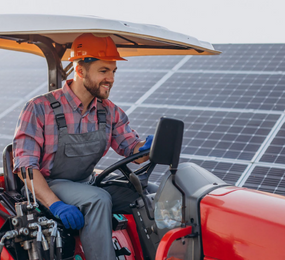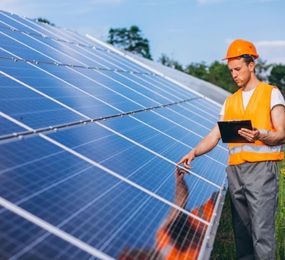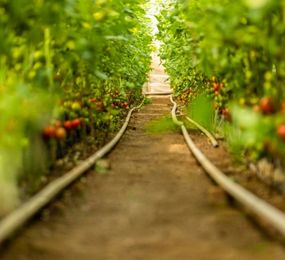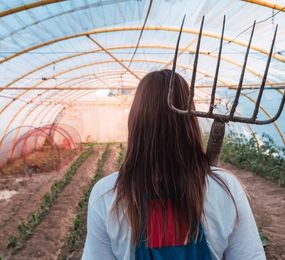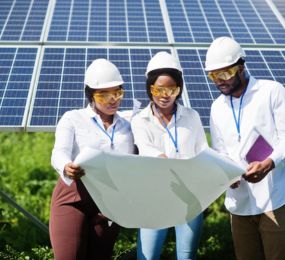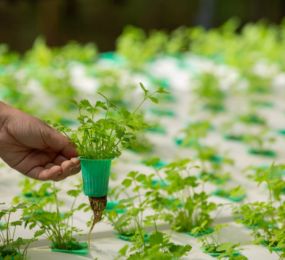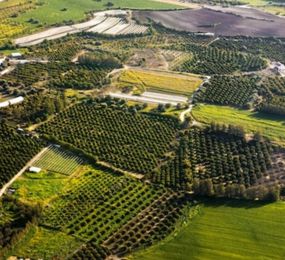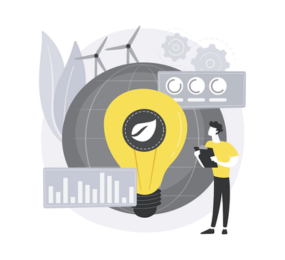Water scarcity is one of the most pressing challenges facing agriculture globally. As the demand for food continues to rise, so does the strain on our limited water resources. In this context, AgriVoltaics, the integration of solar photovoltaic (PV) panels with agricultural practices, offers a novel and promising approach to water resource management.
Here's how AgriVoltaics contributes to water conservation in agriculture:
1. Reduced Evapotranspiration: PV panels shade the ground beneath them, reducing the amount of sunlight that reaches the soil and plants. This, in turn, minimizes evapotranspiration, the process by which plants lose water through their leaves. This reduction in evapotranspiration can lead to significant water savings, particularly during hot and dry periods.
2. Improved Soil Moisture Retention: The shade provided by PV panels can help to improve soil moisture retention. This is because the cooler and more humid microclimate under the panels slows down the rate of water evaporation from the soil. This allows plants to access more water, leading to better growth and higher yields.
3. Efficient Irrigation Systems: AgriVoltaics can be integrated with smart irrigation systems to optimize water use. Sensors installed in the soil can monitor moisture levels and automatically adjust the amount of water applied to the crops. This ensures that crops receive only the water they need, minimizing waste and maximizing water efficiency.
4. Data-Driven Decision Making: AgriVoltaics systems can be equipped with various sensors that collect real-time data on weather, soil moisture, and crop health. This data can be analyzed to identify areas where water use can be further optimized and inform irrigation decisions.
5. Increased Crop Productivity: By reducing water stress and improving soil health, AgriVoltaics can contribute to increased crop productivity. This means that farmers can produce more food with less water, leading to improved water use efficiency and enhanced food security.
Beyond the benefits for water resources, AgriVoltaics offers a range of other advantages, including:
-
Land-use efficiency: Utilizing the same land for both energy and food production.
-
Increased biodiversity: Creating habitats for beneficial insects.
-
Improved crop yields: Protecting crops from extreme weather events.
-
Additional income for farmers: Generating revenue from selling solar energy.
As the global community strives towards a more sustainable future, AgriVoltaics emerges as a powerful tool for managing water resources in agriculture. By fostering a harmonious relationship between energy production and food security, AgriVoltaics holds immense potential to contribute to a water-secure future.
To register or learn more about the Forum please check here:https://bit.ly/41cUdvr.
For more information and group participation, contact us: [email protected]


